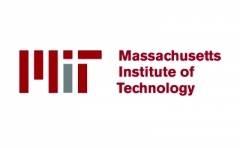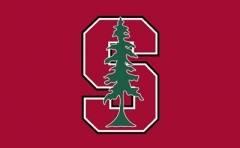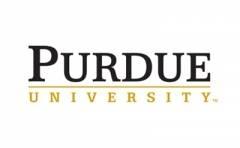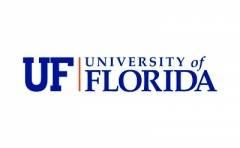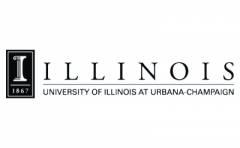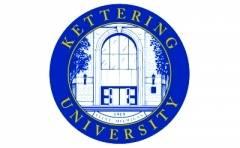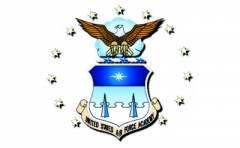Best Mechanical and Aerospace Engineering colleges in the U.S.
Best Mechanical and Aerospace Engineering colleges in the U.S. for 2025
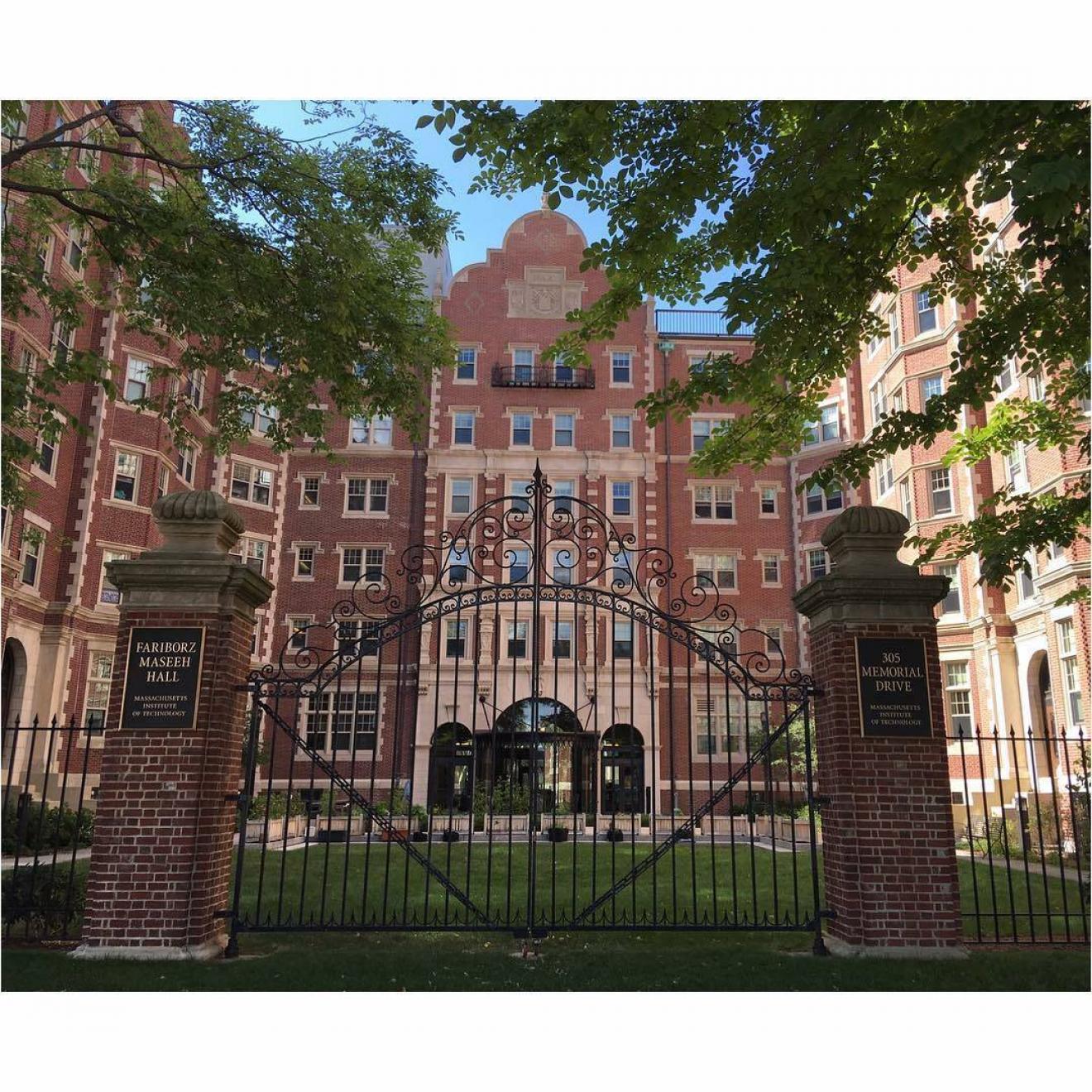
Massachusetts Institute of Technology is one of the top engineering schools in the world, and its aerospace program is no different. With both public and private sector partners, MIT continues to produce leaders in the field of aerospace that design rocketry, satellites, and intergalactic voyagers. MIT AeroAstro is an inclusive community that works to teach students earth and space sciences, spaceship system design, and rocket propulsion.
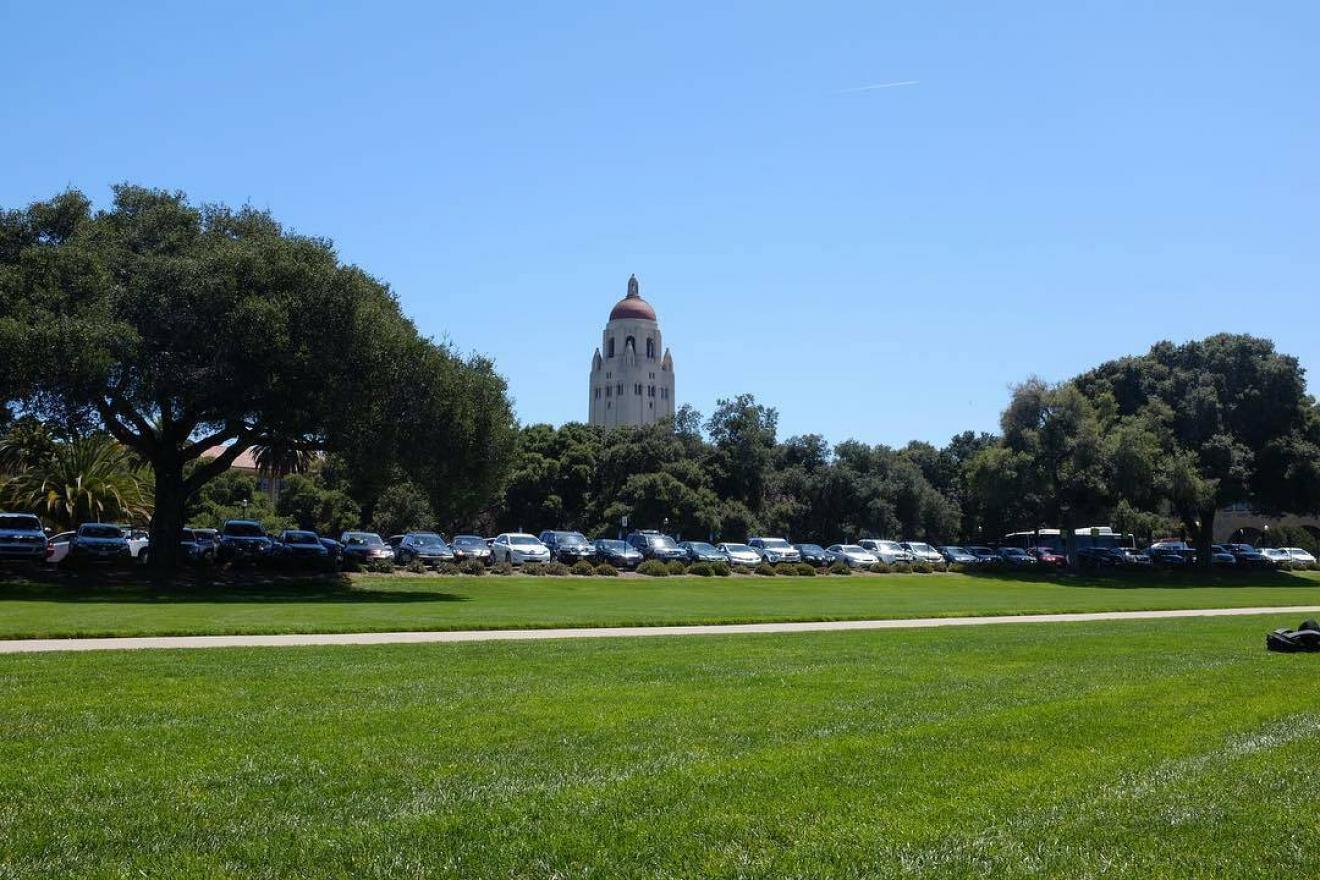
Stanford’s Aeronautics and Astronautics program is home to one of the best aerospace programs in the nation that prepares students to enter the field of aerospace with the skills they need to reach the stars. This school garners international acclaim and has developed more than 5 Guggenheim Medal recipients and has multiple current members of the National Academy of Engineering. Students at Stanford can choose specific tracks within the suite of aerospace engineering including Autonomous Systems and Controls, Future Aircraft Design, and Multidisciplinary Computational Aerosciences. It’s no wonder Stanford ranks top of our list among the best aerospace engineering schools.
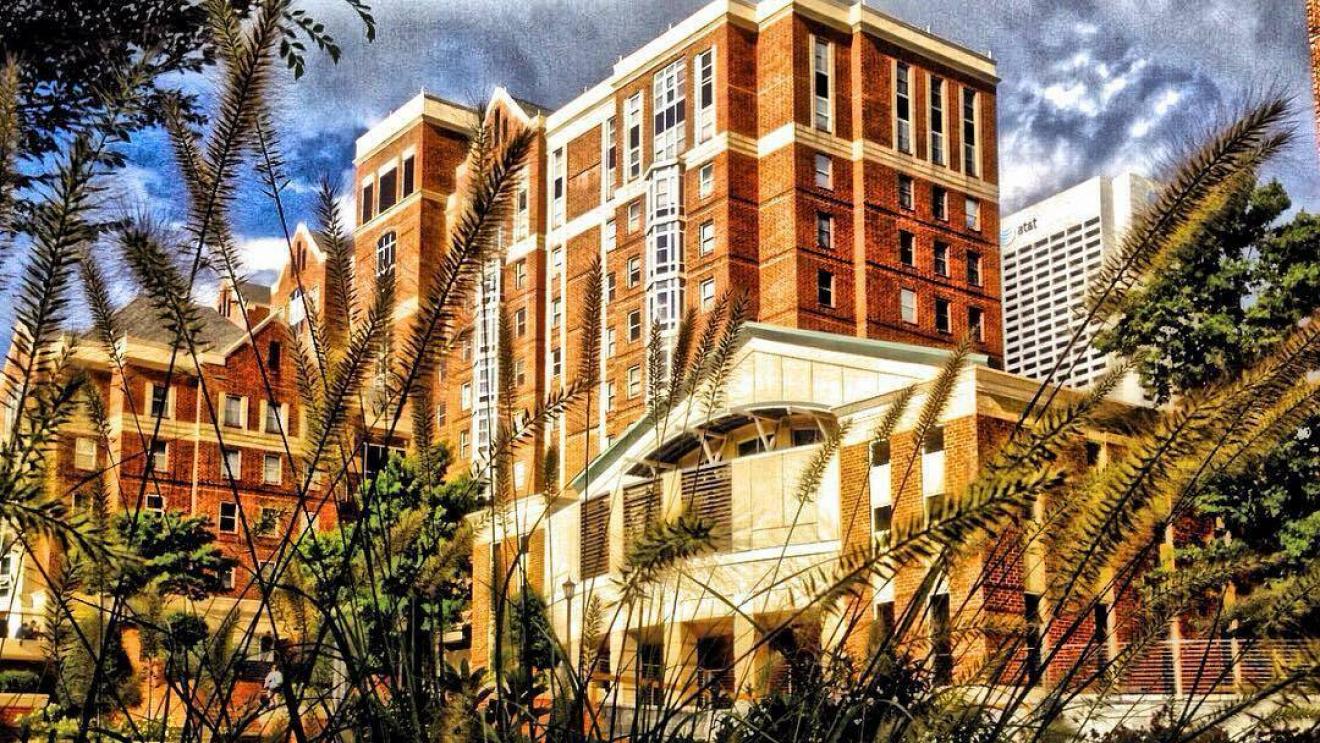
Georgia Tech’s Guggenheim School of Aerospace Engineering is renowned as one of the top aerospace schools in the world. Students interested in entering a competitive, high-performance track should note that this school provides research opportunities that impart critical skills needed to excel in the field. Undergraduates should note that this school maintains relationships with federal agencies like NASA, allowing for ample professional learning opportunities.
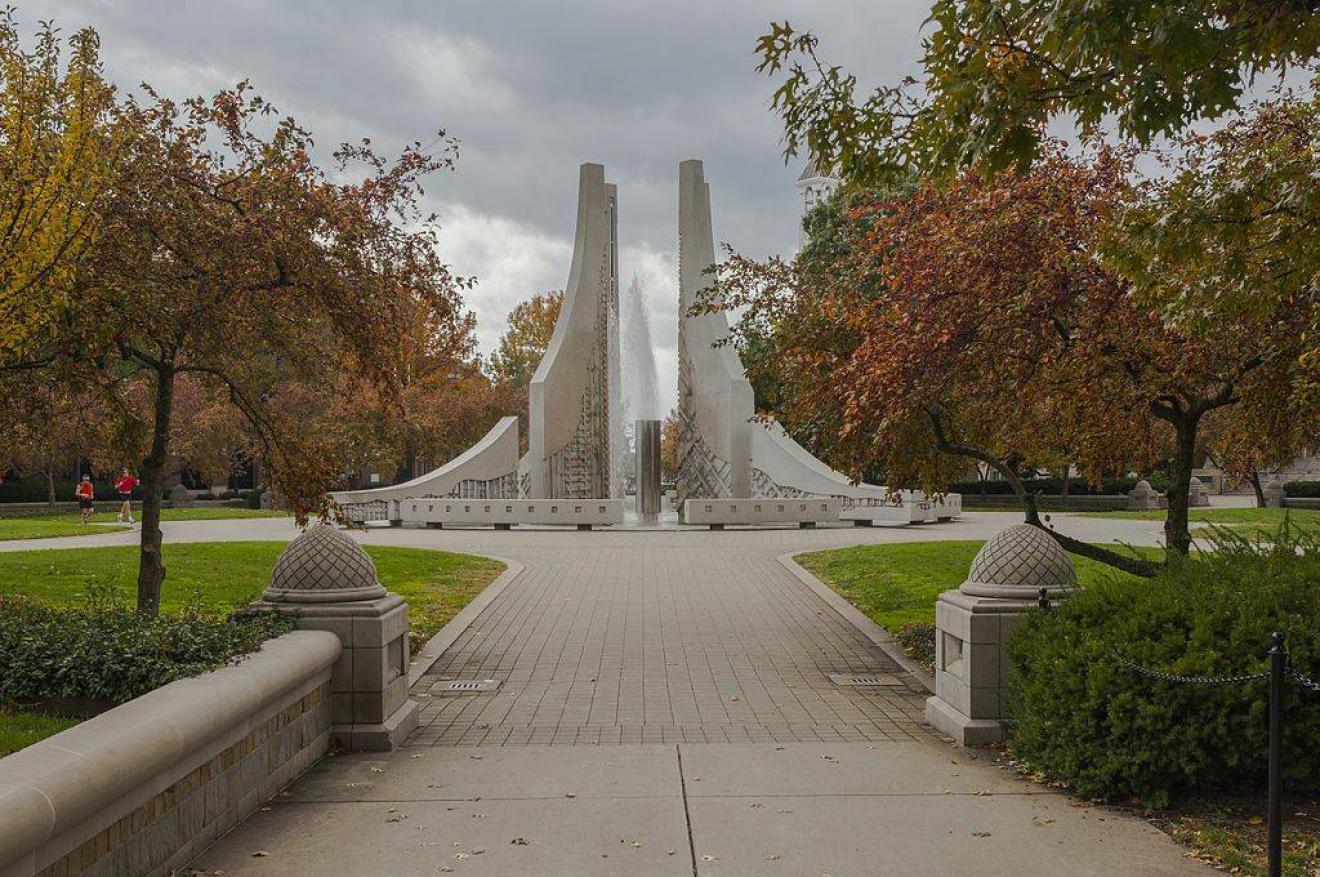
Purdue University has a reputation for strong engineering programs in general, and the reputation holds strong for aerospace. Purdue’s School of Aeronautics and Astronautics continues to be ranked as one of the top aerospace schools in the United States, and operates both undergraduate and graduate programs. Students should expect to learn how to develop, analyze and test rocketry, missile technology, and space exploration vehicles.
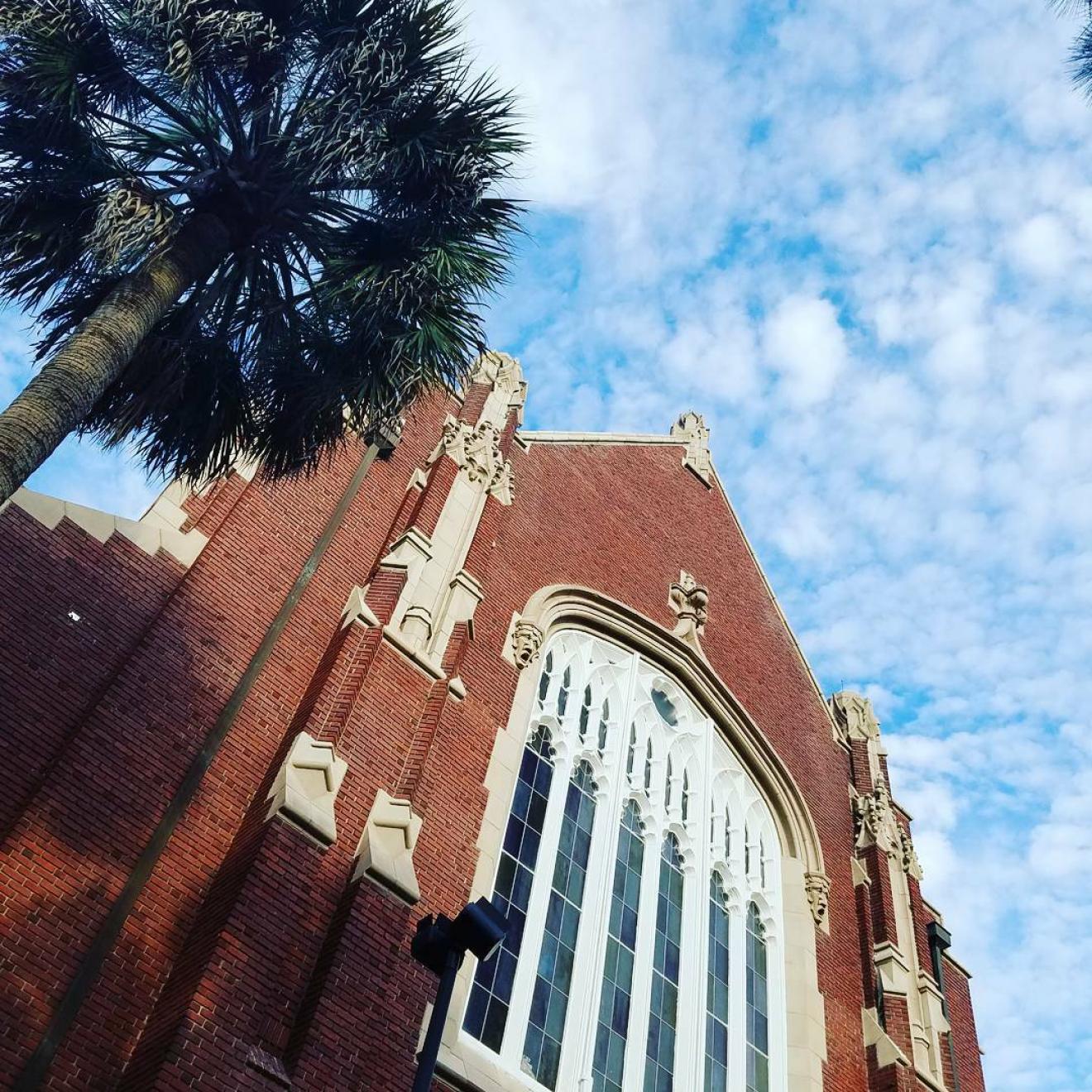
The University of Florida’s Herbert Wertheim College of Engineering offers bachelor’s and master’s degrees in Aerospace Engineering and is strategically positioned to partner with federal entities like NASA and work on projects that exit the atmosphere from Cape Canaveral. This school also works directly with NIT, the Department of Defense, and the National Science Foundation to facilitate graduate job placement and provide support for various projects in the federal and public sectors.
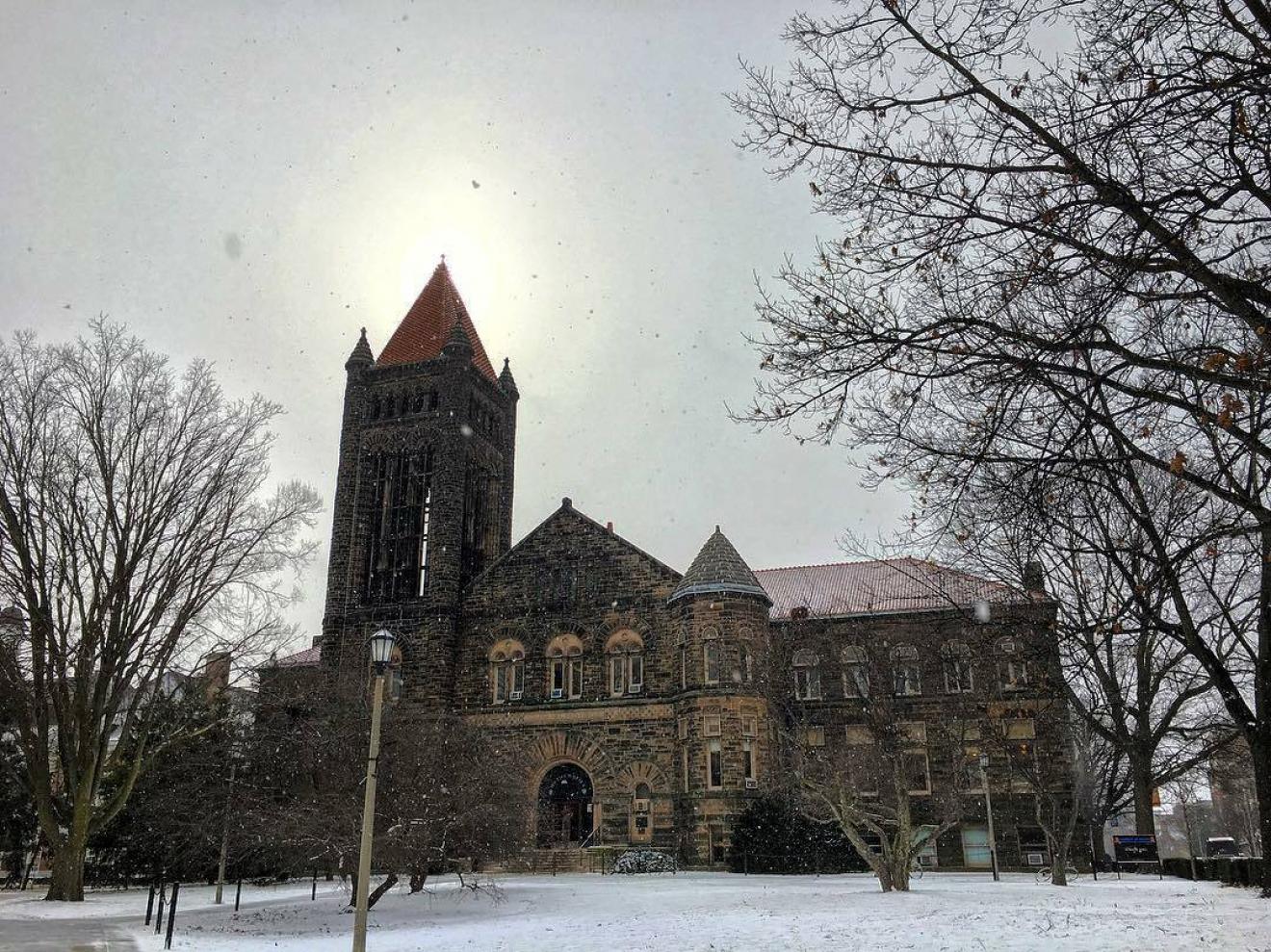
The University of Illinois - Urbana Champaign’s Grainger College of Engineering offers undergraduates the opportunity to enroll at one of the top aerospace engineering schools in the country. Students enrolled at UI learn how physics, jet propulsion, and materiality play unique roles in the operation of vehicles such as rockets and space shuttles.
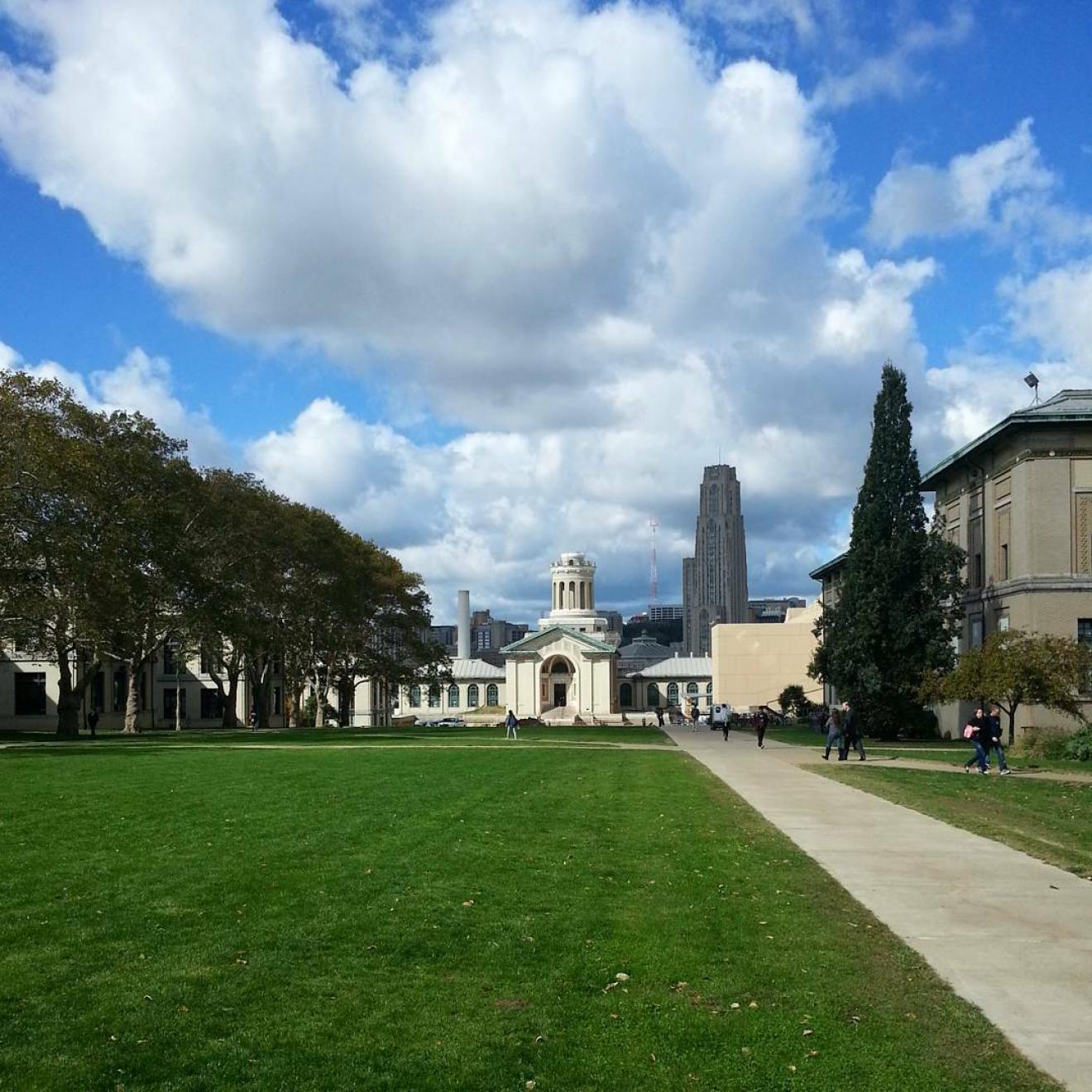
Carnegie Mellon is one of the best schools in the nation for students interested in learning more about aerospace engineering. This institution operates an additive manufacturing in aerospace program that teaches students how to develop computational technologies and fabrication for aerospace parts.
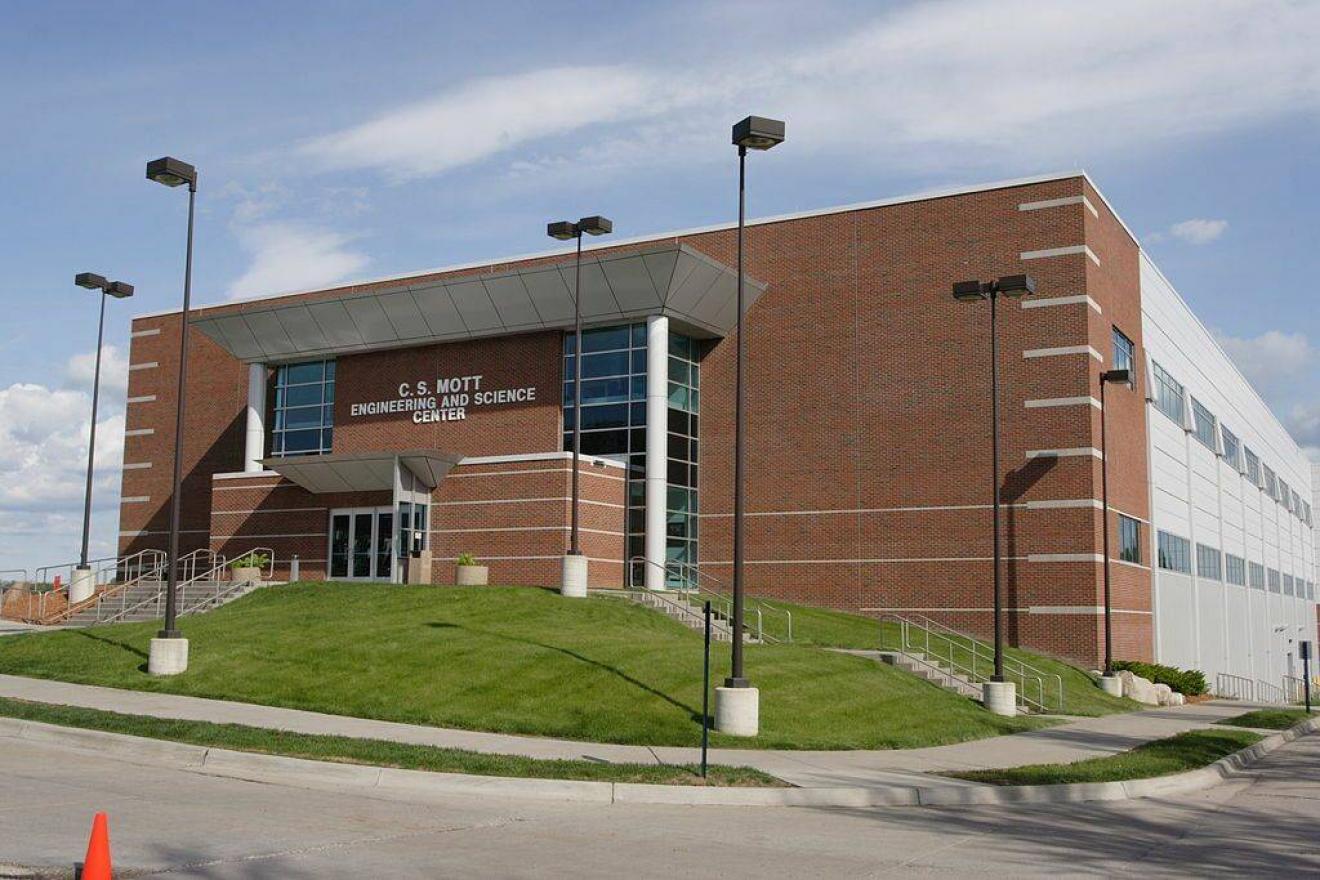
Kettering’s College of Engineering is a great place for students looking for a top engineering program that teaches students about aerodynamics and propulsion. This school operates top-notch labs that provide students with hands-on opportunities to work directly in the mechanical, electrical, and structural components of spacecraft.
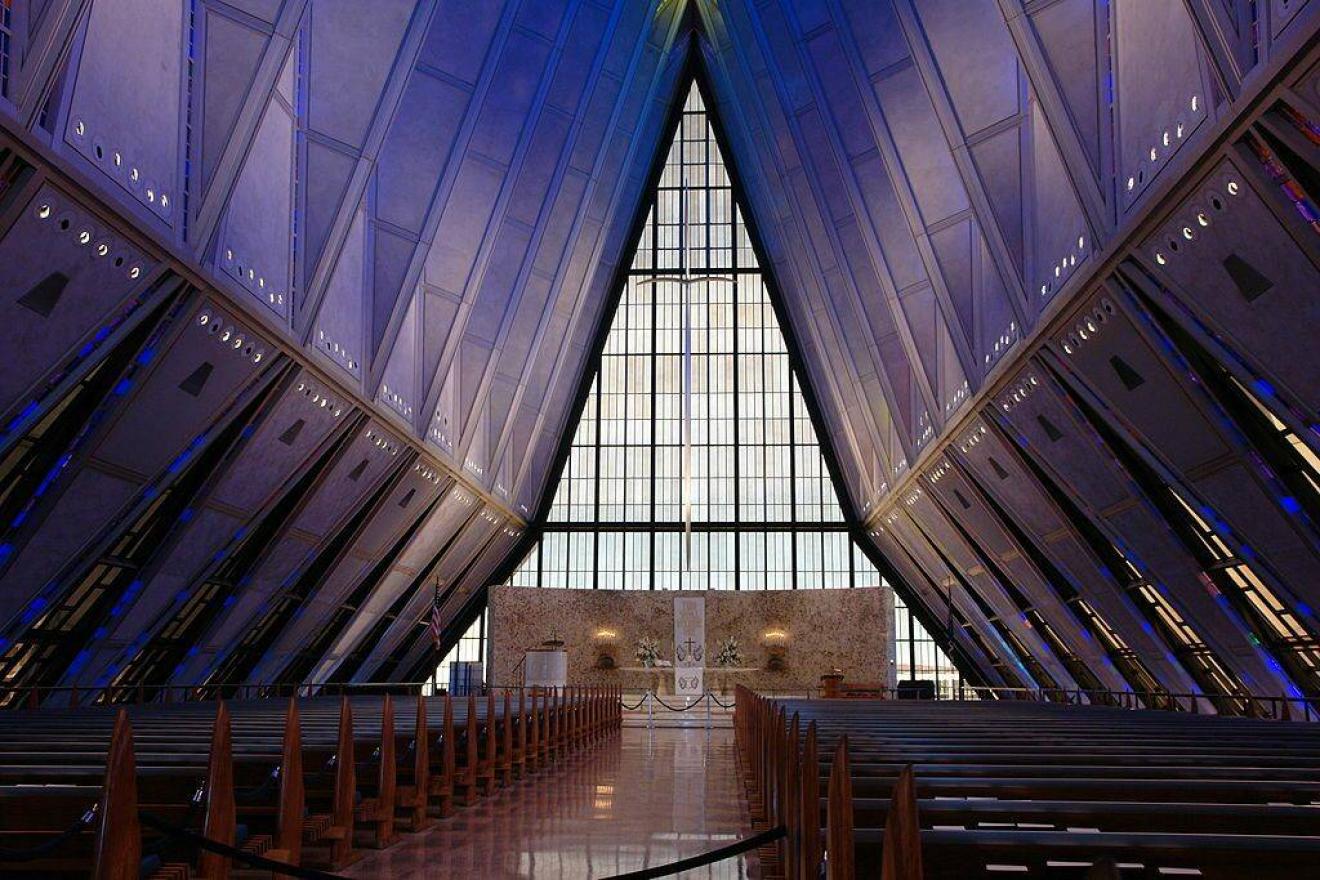
The United States Air Force Academy is highly regarded for many of its unique features and selectivity. The U.S. Air Force Academy’s Aerospace Engineering program, in particular, is one of the top engineering schools in the country, and employs professors that teach cadets how to design and build interstellar spacecraft and satellites, the concepts of flight mechanics and jet propulsion, and provides opportunities to work directly with federal space programs during their time in school and after graduation.
Virginia Polytechnic Institute and State University or Virginia Tech for short has one of the best aerospace engineering schools nationally and produces high-performing graduates that go on to work at firms like Lockheed Martin, SpaceX, and even NASA. Students enrolled at Virginia Tech can expect to take classes from esteemed professors and collegiate instructors and gain hands-on experience in the classroom.
Top schools offering Mechanical and Aerospace Engineering degrees in the U.S.
Mechanical and Aerospace Engineering
- Mechanical Engineering Schools
- Aerospace, Aeronautical and Astronautical/Space Engineering Schools
- Mechanical Engineering/Mechanical Technology/Technician Schools
- Engineering Science Schools
- Aeronautical/Aerospace Engineering Technology/Technician Schools
- Mechanical Drafting and Mechanical Drafting Cad/Cadd Schools
- Mechatronics, Robotics, and Automation Engineering Schools
- Mechanical Engineering Related Technologies/technicians Schools
- Naval Architecture and Marine Engineering Schools
- Ocean Engineering Schools
- Engineering Mechanics Schools
- Air and Space Operations Technology Schools
- Laser and Optical Engineering Schools
- Engineering Design Schools
- Electromechanical Engineering Schools
- Space Systems Operations Schools
What is Mechanical and Aerospace Engineering?
There aren’t many professional fields that offer the same level of excitement as sending a rocket into space or mapping the trajectory of an asteroid from a distant solar system. For students who can’t stop looking up at the stars and wondering what else is out there, a degree in aerospace engineering may give you just the boost you need to kickstart an exciting career. Aerospace engineers design and build rockets, supersonic jets, and even missiles for private firms and federal programs like Lockheed Martin and NASA.
Mechanical and Aerospace Engineering Degree Overview
What to Expect as an Aerospace Engineering Major
Students planning to major in Aerospace Engineering should expect a course load of up to 130 credits that builds on foundational knowledge bases like physics, aerodynamics, and propulsion. Programs are offered at the undergraduate and graduate levels depending on the speed with which students intend on entering the workforce. Students can expect to study topics like manufacturing, research and development, and testing capacity.
Types of Aerospace Engineering Classes
While every aerospace engineering track is unique, there are some foundational courses that you can expect regardless of which program you enroll in. Here are a few of the most common courses you’ll see in an aerospace engineering program:
- Physics
- Aerodynamics
- Statics
- Flight Software Systems
- Instrumentation and Experimentation
- Structural Engineering
Skills Learned in an Aerospace Engineering Major
Students who enroll in a top aerospace engineering program should come prepared to acquire verbal and written communication, mathematics and problem-solving, and even presentation skills to function in a technical capacity at an engineering firm or government program. Teamwork and collaboration are also essential for students to become successful in the field since working with specialists from multiple disciplines is essential to any aerospace project.
How Long Does it Take to Get an Aerospace Engineering Degree?
The time it takes to complete an aerospace engineering degree can vary depending on a variety of factors.
-
Bachelor’s programs are typically structured to be completed in a four-year period
-
Master’s students typically spend an additional one to two years in the classroom.
-
Graduates who pursue PhD programs should expect to spend between three to five years conducting research and developing their dissertations.
The top aerospace companies and government programs are highly selective, and many of their employees hold graduate degrees that separate themselves from the applicant pool. If you already took some credits at a different institution, you should inquire with the admissions office to determine if any of their credits can be transferred for credit toward their new program.
For those interested in learning about aerospace engineering in an online setting, it’s critical to understand the format of a course and whether it can be completed in a prescribed timeline or at your leisure. Most online bachelor’s programs in aerospace engineering adhere to a four-year timeline. Before beginning your online degree, you’ll also need to make sure you have the right software, hardware, and technical setup to complete your courses.
Many students may wish to enroll on a part-time basis, which will mean that they will take longer to complete the necessary credits than those who are in school full-time. Students interested in speeding up their time to graduation should consider accelerated programs that offer condensed coursework and more frequent testing. Most accelerated programs condense a four-year curriculum into two years.
Aerospace Engineering Degree Specializations
Students enrolled in an aerospace engineering degree program can consider a variety of specializations within the degree that focus on a particular area of research. Here are a few different specializations you could choose from within an aerospace engineering program:
- Fluid dynamics
- Materials
- Flight mechanics
- Guidance and Control Systems
- Aeronautical
- Astronautical
- Controls Area
- Rotorcraft and Vertical Flight
- Space and Technology
- Space and Entrepreneurship
- Propulsion
How to Get Into The Top Aerospace Engineering Colleges
Students who want to apply to an aerospace engineering program should be cognizant of the steps they need to take to get accepted.
Admissions advisors recommend spending ample time researching the programs that interest you most, to be clear of all the requirements you need to meet to qualify for a given track. As with most long-term commitments, it is essential to weigh the financial implications of your decision, and the means with which you plan on paying tuition, room, and board. Planning and research should paint a clearer picture of what the future holds, and will give you peace of mind as you make progress with your applications.
-
Research Aerospace Engineering programs (locally and out of state)
-
Determine admissions requirements
-
Identify financial implications and opportunities for need and merit-based assistance
-
Apply
Admissions Requirements for Aerospace Engineering Degree Programs
Before you apply, be sure that you check all the boxes for a given program. Undergraduate and graduate application requirements vary, so be sure that you possess all the necessary documents and scores before you apply. Below is a list of common admissions requirements for students interested in pursuing a degree in aerospace engineering:
- High school degree
- GPA of 3.0+
- Statement of Purpose
- Letter(s) of Recommendation
- Completion of relevant AP math and science courses (Calculus, Physics, Astronomy)
How to Get Into The Top Aerospace Engineering Colleges
Students who want to apply to an aerospace engineering program should be cognizant of the steps they need to take to get accepted.
Admissions advisors recommend spending ample time researching the programs that interest you most, to be clear of all the requirements you need to meet to qualify for a given track. As with most long-term commitments, it is essential to weigh the financial implications of your decision, and the means with which you plan on paying tuition, room, and board. Planning and research should paint a clearer picture of what the future holds, and will give you peace of mind as you make progress with your applications.
- Research Aerospace Engineering programs (locally and out of state)
- Determine admissions requirements
- Identify financial implications and opportunities for need and merit-based assistance
- Apply
Admissions Requirements for Aerospace Engineering Degree Programs
Before you apply, be sure that you check all the boxes for a given program. Undergraduate and graduate application requirements vary, so be sure that you possess all the necessary documents and scores before you apply. Below is a list of common admissions requirements for students interested in pursuing a degree in aerospace engineering:
- High school degree
- GPA of 3.0+
- Statement of Purpose
- Letter(s) of Recommendation
- Completion of relevant AP math and science courses (Calculus, Physics, Astronomy)
What Can I Do with a Degree in Mechanical and Aerospace Engineering?
Students who graduate from a top aerospace engineering program in the United States will likely come out with strong job prospects. Graduates can choose to work in the private sector or pursue careers within federal programs. Some positions that graduates can entertain include aerospace engineer, professor of aerospace engineering, aircraft designer, and flight control engineer.
Aerospace Engineering Salary and Career Information
Students who graduate with a degree in aerospace engineering have a variety of exciting careers to explore once they complete their schooling. The list below highlights just a few potential career tracks one could pursue.
Aerospace Engineering Career Paths
| Career | Median Salary | Career Outlook | Required Education | Description |
| Aerospace Engineer | $122,270 | +6% (2020-2030) | Bachelor's Degree | Aerospace Engineers design aircraft, spacecraft, and plan missions that explore space. |
| Professor of Aerospace Engineering |
|
+13% (2020-2030) | Bachelor's Degree | Professors of Aerospace Engineering prepare students for careers in the field by teaching undergraduate and graduate-level coursework on physics, aerodynamics, and aerospace manufacturing. |
| Aerospace Engineering and Operations Technologists/Technicians | $73,580 | +6% (2020-2030) | Bachelor's Degree | These specialists design, test, and maintain equipment that allows rockets, satellites, and other spacecraft to perform various functions such as entering and exiting the atmosphere. |
Mechanical and Aerospace Engineering Career and Salary Overview
Students who graduate from a top aerospace engineering program in the United States will likely come out with strong job prospects. Graduates can choose to work in the private sector or pursue careers within federal programs. Some positions that graduates can entertain include aerospace engineer, professor of aerospace engineering, aircraft designer, and flight control engineer.
Aerospace Engineering Salary and Career Information
Students who graduate with a degree in aerospace engineering have a variety of exciting careers to explore once they complete their schooling. The list below highlights just a few potential career tracks one could pursue.
Aerospace Engineering Career Paths
|
Career |
Salary |
Projected Job Growth (2019-2029) |
About the Position |
|
$122,270 |
6% |
Aerospace Engineers design aircraft, spacecraft, and plan missions that explore space. |
|
|
$95,060 |
13% |
Professors of Aerospace Engineering prepare students for careers in the field by teaching undergraduate and graduate-level coursework on physics, aerodynamics, and aerospace manufacturing. |
|
|
Aerospace Engineering and Operations Technologists/Technicians |
$73,580 |
6% |
These specialists design, test, and maintain equipment that allows rockets, satellites, and other spacecraft to perform various functions such as entering and exiting the atmosphere. |
Source: BLS
Mechanical and Aerospace Engineering FAQ
Is a degree in Aerospace Engineering “hard?”
Yes, getting a degree in Aerospace Engineering is not an easy feat, but it can be a rewarding opportunity for those who wish to enter the field. This is a very technical, math and science-heavy degree program.
What do Aerospace Engineers do?
Aerospace Engineers design and manufacture spacecraft such as rockets, missiles, and interstellar satellites, and work in technical capacities to ensure the operation and functionality of their products.
How long does it take to become an Aerospace Engineer?
It can take anywhere from four to eight years to become an aerospace engineer depending on if students choose to pursue graduate-level coursework or enter the workforce after completing their bachelor’s.
Which degree is best for aerospace engineering?
Students interested in pursuing a career in aerospace engineering should explore programs in aerospace engineering, as well as general engineering programs.
Which college has the best aerospace engineering?
There are many colleges and universities with aerospace engineering programs, and students must weigh multiple factors to determine what is the best fit for them financially. From an academic standpoint, Stanford and MIT host the top two programs in the nation, followed by Georgia Institute of Technology-Main Campus, Purdue University-Main Campus , and University of Florida in the top five.
Is an aerospace engineering degree worth it?
Getting a degree in aerospace engineering is a worthwhile venture for students interested in using math and physics to design spacecraft. This is a competitive field with opportunities for high returns since most aerospace engineers gross over six figures annually.
What cities are best for aerospace engineering?
Cities with large aerospace headquarters are the best bet for recent graduates with a degree in aerospace engineering. Some large metropolitan areas that garner special attention include Seattle, Huntsville, Los Angeles, and Dallas-Fort Worth.
List of all Mechanical and Aerospace Engineering colleges in the U.S.
| School | Average Tuition | Student Teacher Ratio | Enrolled Students | |
|---|---|---|---|---|

|
Massachusetts Institute of Technology Cambridge, MA | 9 : 1 | 11,920 | |

|
Stanford University Stanford, CA | 12 : 1 | 18,446 | |

|
Georgia Institute of Technology-Main Campus Atlanta, GA | 41 : 1 | 47,946 | |

|
Purdue University-Main Campus West Lafayette, IN | 25 : 1 | 52,905 | |

|
University of Florida Gainesville, FL | 20 : 1 | 54,814 | |

